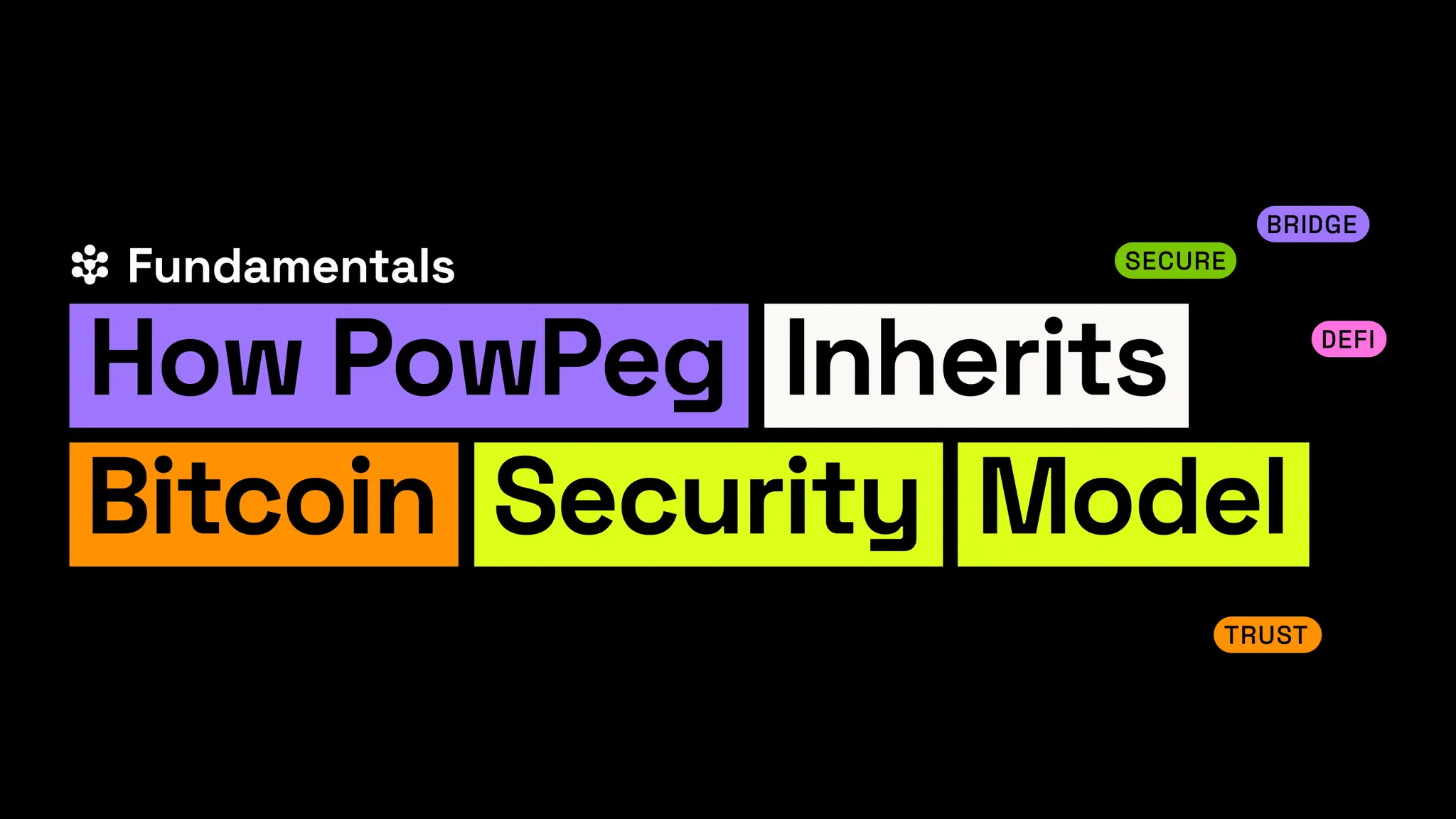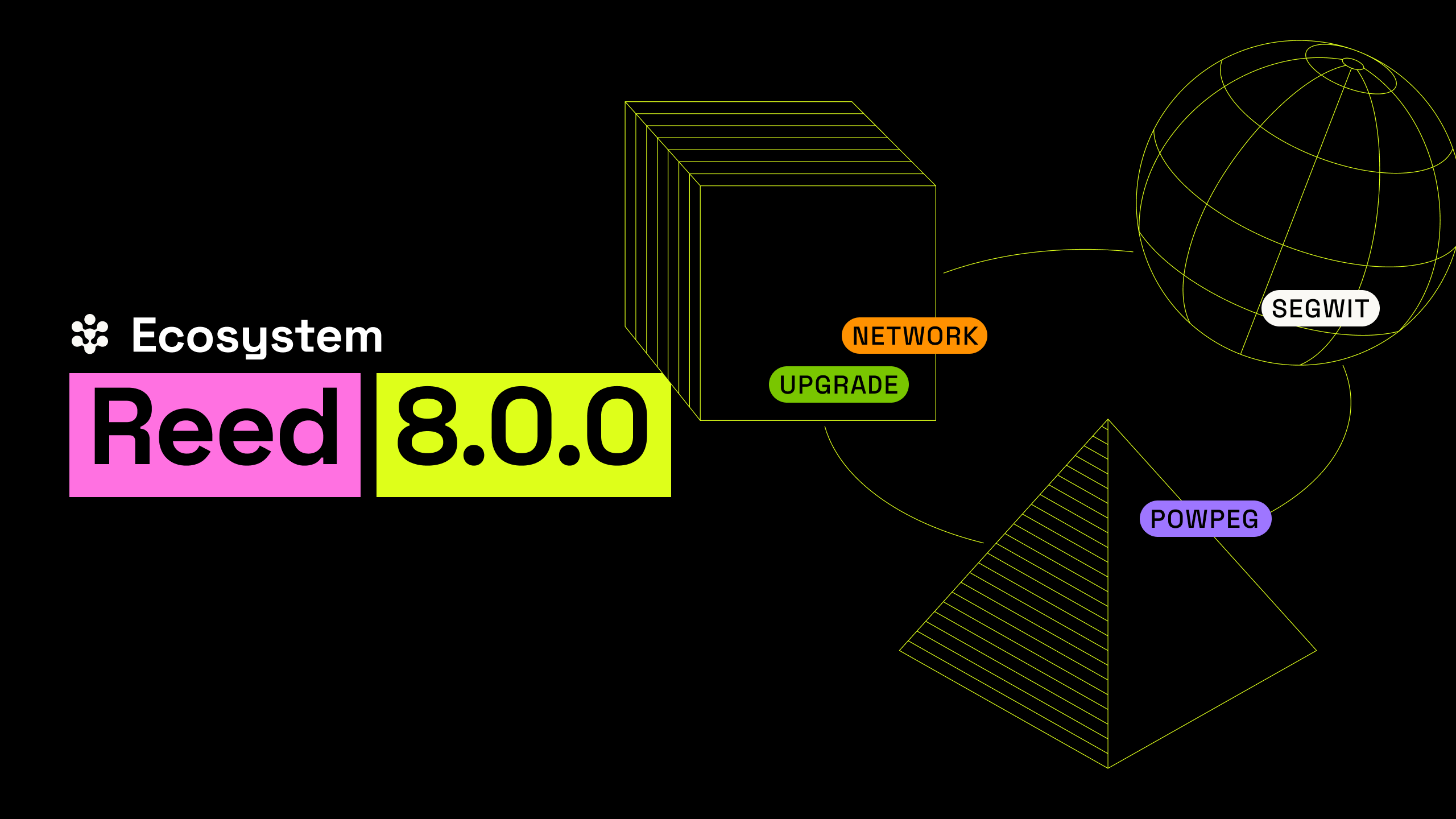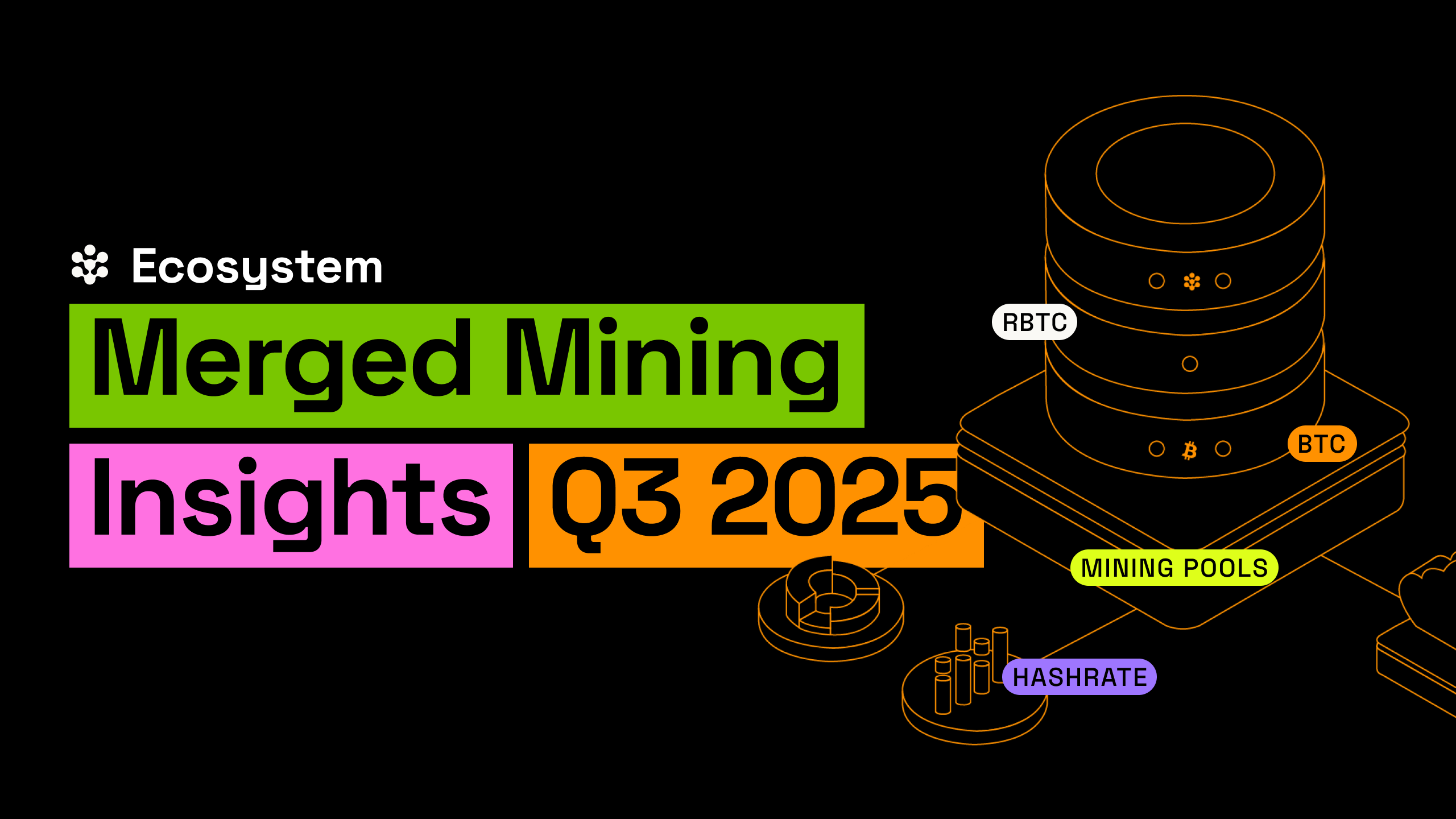At the beginning of the year, core contributors to Rootstock put a public roadmap into work, proposing improvements to the network in the next 12 months. One of the key focuses of the roadmap is to provide users with better accessibility to the Rootstock ecosystem with new integrations like Boltz.
This new integration is now live on Rootstock mainnet!
This case study shares Boltz’s story, including the challenges they faced to access the Rootstock ecosystem, how they solved them by integrating RIF Relay, and their benefits to developers and Web3 companies.
Insights from Kilian, co-founder and CEO of Boltz, offer an overview of the integration process as well as its impact.
See how you can integrate RIF Relay into your solution
A bit of background
Boltz, founded in 2019, operates one of the largest and oldest nodes on the Lightning network. The platform provides trustless and atomic swaps between different Bitcoin layers, making it easy and secure for users to transfer value.
Rootstock, on the other hand, is the first and longest-lasting Bitcoin sidechain. It is the only Bitcoin layer 2 that combines the security of Bitcoin’s proof-of-work, with Ethereum’s smart contract capabilities, making it a gateway to a vibrant ecosystem of dApps that continues to evolve to become fully trustless.
Lowering the barriers to get RBTC
As a new user, accessing and exploring the Rootstock ecosystem can be tricky.
Although it is the most secure and permissionless bridge to Rootstock, getting RBTC with the existing 2-way-peg to Rootstock is slow, requires 100 Bitcoin block confirmations, and involves high transaction fees due to mainchain miner fees.
On the other hand, using third-party dApps often requires trust, which contradicts the ethos of decentralization.
The main challenge was to provide a user-friendly, cost-effective, and trustless way for users to explore and use Rootstock without pre-existing RBTC.
Boltz’s integration into Rootstock aims to lower the entrance barriers for new users into the Rootstock ecosystem, and make it fast and easy to get RBTC and compatible with existing Bitcoin tools and wallets.
The Solution: Non-custodial atomic swaps
Boltz’s solution was to use the Lightning Network as the connective tissue between Bitcoin layers and Rootstock. The integration was designed to make the user experience with Lightning the top priority, to do atomic swaps between Lightning, Bitcoin, and RBTC without giving up custody.
Why atomic swaps?
According to Kilian, atomic swaps have 2 main benefits.
- Avoiding disaster: “Bridges, especially in other EVM ecosystems, got hacked and funds were drained, users lost funds.” says Kilian. “So this is not an option for us. We never hold user funds. We never have control over user funds.”
- Improving privacy: “It’s the only way to enable reasonable privacy for users, especially not asking for KYC information by keeping the non-custodial property from a regulatory standpoint.” Kilian continues: “And we think that’s truly needed to have a good UX for a bridge to Rootstock.”
A big part of the solution was the integration of RIF Relay, specifically the new version with sponsored transactions. This allows users to do atomic swaps without needing RBTC to pay for gas, lowering the entrance barriers.
The integration supports multiple layers, which means that next to Lightning, users will also be able to swap in and out of Rootstock using the mainchain and the Liquid Network.
Implementation step-by-step
The integration process consists of in 2 main steps:
RIF Relay integration: No need to have RBTC to get RBTC
“So far, if one wanted to use atomic swaps, and that’s probably the reason why it didn’t exist or didn’t take off at least yet on the Rootstock side, is one needed to have RBTC in order to get RBTC, which is obviously a downside and conflicts with our goal of onboarding new users”. Kilian explains.
Boltz first launched the integration on testnet, achieving a significant milestone by enabling atomic swaps with RIF Relay. This breakthrough allowed users to perform swaps without holding RBTC, making the process more accessible and user-friendly.
Native Integration with Popular DApps on Rootstock like Sovry or MoC
Once integrated on the Rootstock mainnet, the Rootstock ecosystem will be able to benefit from this non-custodial intuitive way to get RBTC, especially Rootstock native dApps.
Kilian continues: “Once the integration is live on mainnet and somewhat tested, what we will be focusing on is to natively integrate with the OGs of Rootstocks, Money on Chain and more, in order to offer a nice UX for users to be able to obtain RBTC directly within the app or platform they are without having to go to a separate website or leave the platform”
What this means for the Rootstock ecosystem
Adding RIF Relay layer to the Boltz solution for Rootstock brings significant benefits to the ecosystem, including:
- Improved accessibility: Users can now access Rootstock without needing pre-existing RBTC, thanks to RIF Relay sponsored transactions.
- Better UX: The integration with Lightning and other Bitcoin layers improves the user experience and enables seamless and easy-to-use swaps between different Bitcoin layers.
- Enhanced security: Atomic swaps mean no trust is required, so no risk of hacks, and user funds are safe and at their own custody.
- Increased compatibility: This solution supports multiple Bitcoin layers, mainchain, and Liquid network, so users have more options to swap.
RIF Relay sponsored transactions have made it much easier for users to get RBTC, so they can do atomic swaps without pre-existing RBTC. Now users can get in and try Rootstock fast and easy.


